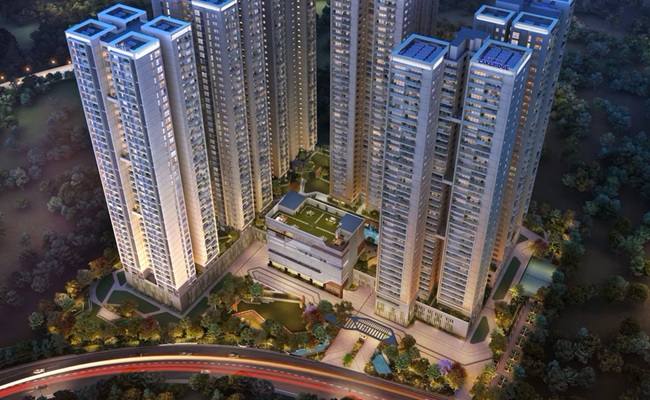
Following the recent earthquakes in Myanmar and Thailand, concerns have risen about the safety of high-rise apartments and buildings in rapidly growing cities like Hyderabad.
Many residents have begun researching seismic zones to understand how vulnerable Hyderabad is to earthquakes.
Hyderabad falls under Seismic Zone II, classified as a low-damage risk zone according to India's Seismic Zoning Map.
This means the city faces relatively low earthquake risk compared to high-risk areas like Delhi (Zone IV) or northeastern India (Zone V). However, mild tremors have been recorded in the past due to regional geological activity.
When asked about the safety of high-rises, a top realtor from a gated community explained, “Since Hyderabad is in a low-risk zone, buildings are typically designed to withstand earthquakes up to 4.0–5.0 magnitude on the Richter scale without significant damage. For critical infrastructure and high-rise buildings, structural engineers often consider factors from Zone III (moderate-risk zone) as an extra precaution.”
He further elaborated, “Ideally, high-rise builders should use ductile materials (reinforced concrete & steel frames) to absorb seismic shocks, shear walls & cross-bracing for lateral stability, base isolators & dampers in premium high-rises to reduce vibrations, and deep foundations with soil testing for stability. However, not all builders strictly follow these standards.”
Pointing out potential risks, he added, “Older buildings (pre-2000) may not fully comply with modern quake-resistant codes.”
As advice to residents, he stated, “Modern high-rises in Hyderabad can withstand mild to moderate earthquakes but may not be designed for high-intensity seismic shocks (above 6.0 magnitude). Residents should verify whether their buildings comply with NBC 2016 and IS 1893 standards for better safety assurance.”
He also emphasized, “The National Building Code of India (NBC 2016) and IS 1893:2016 ensure buildings are designed to handle expected seismic activity. Most modern high-rises follow IS 456 (Reinforced Concrete Structures) and IS 13920 (Ductile Detailing for Earthquake-Resistant Structures).”













